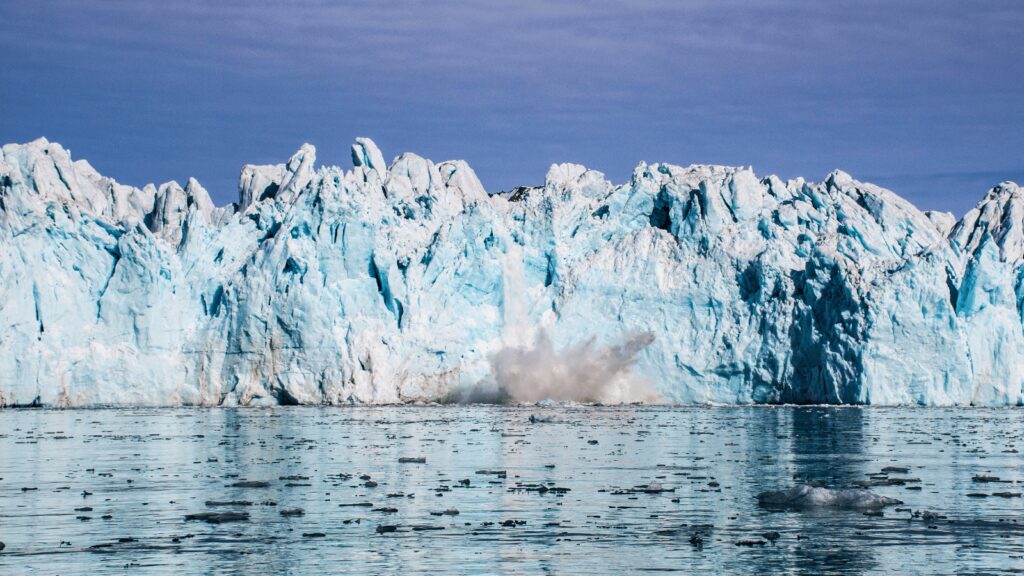The rise in the number of climate funds indicates the growing global focus on climate change mitigation and adaptation. At least 94 climate funds have been established since 1991. The multiplication of climate funds peaked during the 2006-2014 period, and the trend picked up again in 2021-22.
The climate fund landscape is a lose-lose situation for both donors and recipients of these funds. The lack of an architect to ensure the efficiency, effectiveness, and impact of the climate funds system has resulted in a badly fragmented aid architecture that has not yet produced the necessary results at scale. At least 81 active climate funds exist today, but little information is available about their commitments, disbursements, and impact. Traditional development assistance donors should consolidate the current climate aid system to ensure efficiency and effectiveness.
RELEVANT SUSTAINABLE GOALS


Climate Fund Landscape : Lost in the Shuffle
The world has seen a surge in the number of climate funds established since the inception of the Global Environment Facility, the first climate fund, in 1991. As per available data, 94 climate funds have been established so far, with the Climate Finance Partnership Fund being the latest. However, it is interesting to note that 13 of these funds have vanished, either due to formal termination or lack of recent information, leaving an estimated 81 active climate funds today.
The period between 2006-2014 witnessed the largest growth in the number of climate funds, followed by a dip. However, recent trends indicate that the number of climate funds is on the rise again in 2021-22. Out of the active 81 climate funds, 62 are multilateral funds, with 50 being housed in multilateral development banks, bilateral agencies, or in United Nations agencies. The remaining 12 are standalone funds. On the other hand, 11 are bilateral funds, with eight being housed in bilateral aid agencies, while three are standalone funds.
It is noteworthy that 73 of these climate funds are partially or entirely financed by public funds, while the remaining eight are financed privately. With such a large number of climate funds available, navigating the climate finance landscape can be a challenging task. It is imperative that stakeholders, including investors, policymakers, and climate finance experts, remain updated on the latest developments in the climate finance landscape to make informed decisions.
The rise in the number of climate funds indicates the growing global focus on climate change mitigation and adaptation. As countries move towards a sustainable and climate-resilient future, the role of climate finance in funding climate actions becomes even more crucial. Therefore, climate funds play a vital role in financing climate actions and accelerating the transition to a low-carbon economy. The availability of public and private funds also presents an opportunity for private investors to contribute towards sustainable development while earning returns.
Redefining Climate Funds Landscape
To address an opaque climate fund landscape, there is a need for a comprehensive reset or fix. This involves improving transparency, harmonizing reporting and impact measurement standards, and consolidating the existing climate funds landscape.
To achieve this, steps can be taken such as starting with the 62 multilateral, official donors’ financed climate funds, grouping them by hosting institutions (MDBs, the U.N.), functional specializations (e.g., mitigation, adaptation, biodiversity), geographies (global or regional), recipient executing agencies involved (public or private), financial instruments (technical assistance, loans, equity, grants, guarantees), or a combination of the above.
Harmonizing definitions and standards, setting up transparent reporting requirements on financial flows and results, as well as improving knowledge management should be a prerequisite before setting up new multilateral donor-funded climate funds.
It is urgent to consolidate the current system before adding more funds, such as a “loss and damage” fund. This will ensure better value for money and impact measurement of the current climate funds system.
You may also be interested in :
UN World Water Development Report 2023


